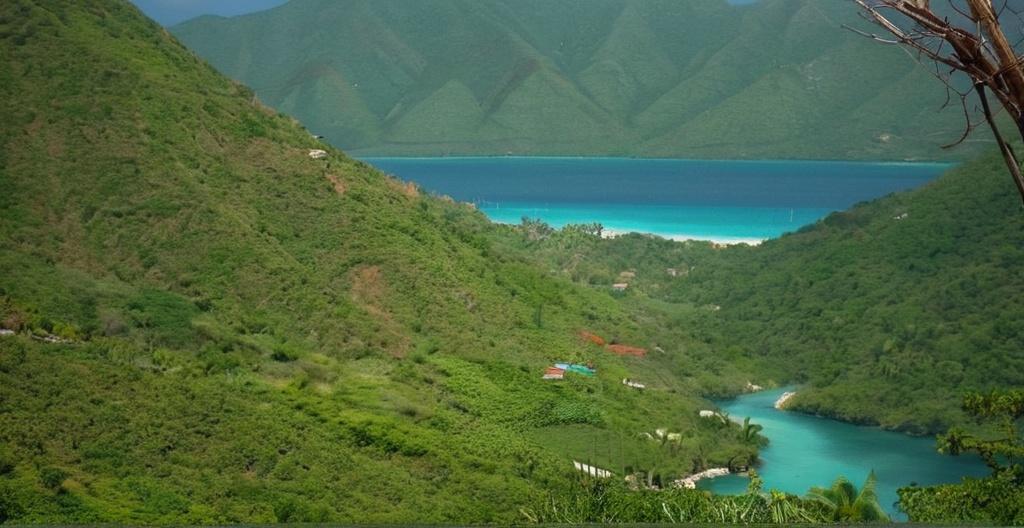Key Take Aways About Visit Musée du Panthéon National Haïtien (MUPANAH)
- MUPANAH in Port-au-Prince is a must-visit for a deep dive into Haiti’s history.
- The museum features a modern, circular architectural design with a domed roof.
- Exhibits include historical artifacts, artworks, and personal effects of Haitian leaders.
- Interactive displays and guided tours provide an engaging educational experience.
- Open Tuesday to Sunday, 8 AM to 4 PM, with multilingual tours available.
- MUPANAH offers more than sightseeing; it’s an enriching cultural journey.

Introduction
Situated in the heart of Port-au-Prince, the Musée du Panthéon National Haïtien (MUPANAH) offers a window into Haiti’s vivid history. If you’re wandering through Haiti, visiting this museum surely ranks as a “must-do.” While you might be tempted to spend the day lounging on the beach sipping coconut water, this museum throws up surprises that’ll have you chatting with locals about heroes you’ve never heard of or battles fought valiantly.
The Layout and Architecture
MUPANAH isn’t your standard museum with dusty corners and statues of figures long since forgotten. Instead, it’s a sleek, modern space reflecting a unique architectural design. The circular shape of the structure, featuring a domed roof, provides an airy backdrop for the exhibits. Instead of trudging through endless hallways, be prepared to feel like you’ve stumbled onto a hidden gem with every turn you take. No more staring at boring photo frames and mundane captions—this space is crafted to keep you curious.
The Exhibits Inside
Now, don’t come here expecting to just breeze through; the museum tells tales as gripping as any Netflix binge. From the legacy of Toussaint Louverture to the infamous battle of Vertières, each exhibit in MUPANAH presents a chapter in the Haitian story book.
Historical Artefacts
Artifacts ranging from rusty cannons used in the Haitian Revolution to the chains of enslaved Africans, you’ll find that there’s no shortage of items that have stood the test of time. These pieces aren’t just put on display; they’re curated in a manner that explains not just what they are but why they matter. The sprawl of historical objects invites visitors to imagine moments of revolution and resistance.
Art Pieces
And let’s talk artwork—paintings, sculptures, and more, all telling the vibrant stories of the island and its people. Haiti’s rich artistic tradition leaps off the walls, with each piece reflecting an element of the country’s complex identity. The art inside MUPANAH is as dynamic as the tales of freedom and resilience that inspired them.
Personal Artifacts
Ever wondered what it’s like to hold history in your hands? Well, almost. MUPANAH showcases personal effects of influential Haitian leaders, giving a glimpse into the lives of those who shaped this nation.
Educational Experience
For those keen on learning, this isn’t just a museum trip—it’s like being in a very engaging history class. Interactive displays, informative panels, and guided tours can fill in any gaps in your knowledge, bringing to life stories you thought you knew. You might walk out with enough trivia to challenge any local and actually win the debate.
Visitor Information
Before you grab your backpack and head out, let’s talk logistics. The museum operates from Tuesday to Sunday, 8 AM to 4 PM. An entry fee applies, but it’s worth every gourde. For those who aren’t language wizards, tours are available in multiple languages, so you’ll be able to catch every detail without awkwardly nodding and pretending you understood.
Conclusion
With its extensive range of exhibits and lively atmosphere, MUPANAH offers more than just a day out. It’s an experience that enriches your understanding of Haiti. Whether you’re a history buff, an art lover, or just someone looking for a break from the beach scene, this museum will resonate with you long after you leave. And hey, after your visit, you’ll have enough material to impress your friends with fascinating tales of Haitian history—much more interesting than your usual beach pics, wouldn’t you say?
